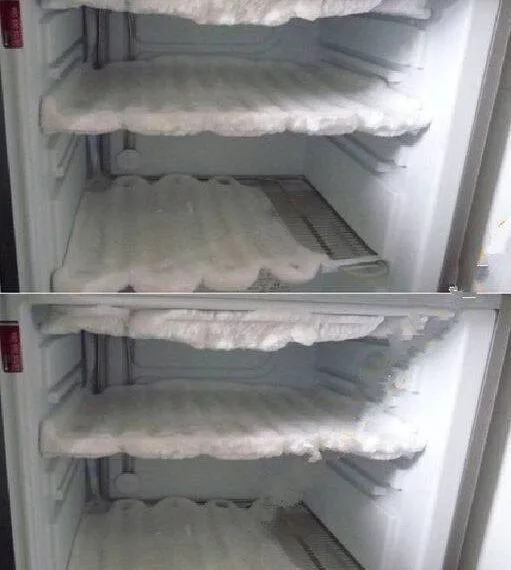A frosty freezer can reduce efficiency and waste energy. Defrosting your freezer is essential for maintaining its performance and creating space for your groceries. But let’s face it—waiting hours for the ice to melt is no one’s idea of fun. Thankfully, there are quick and effortless tricks to defrost your freezer without frustration. Here’s how you can get the job done efficiently.
Why Defrosting Your Freezer is Important
- Improved Efficiency: Frost buildup reduces the effectiveness of your freezer by blocking air circulation.
- Energy Savings: A frosty freezer consumes more power as it works harder to maintain the desired temperature.
- Food Safety: Thick layers of ice can prevent the freezer door from closing properly, leading to temperature fluctuations that affect food safety.
- More Space: Eliminating frost gives you back valuable storage space.
What You’ll Need to Defrost Your Freezer Quickly
- Towels or absorbent cloths
- A large bowl or bucket
- A heat-resistant container or bowl (for hot water)
- A spatula or plastic scraper (never metal to avoid damage)
- A hairdryer (optional)
- Vinegar or mild soap for cleaning
Step-by-Step Guide to Defrosting a Freezer
Step 1: Prepare Your Freezer
- Turn Off the Power: Unplug your freezer to prevent electrical hazards.
- Remove All Food: Place frozen items in a cooler or insulated bag to keep them cold.
- Protect the Floor: Lay towels or an old sheet around the base of the freezer to catch melting ice.
Step 2: Speed Up the Defrosting Process
Here are several methods to defrost your freezer quickly:
1. Hot Water Steam Method
- Fill a heat-resistant bowl with boiling water.
- Place the bowl inside the freezer and close the door. The steam will soften the ice.
- Replace the water as it cools, and continue until the ice loosens.
2. Hairdryer Method
- Set the hairdryer to a low or medium setting.
- Blow warm air onto the icy surfaces, keeping the dryer at a safe distance to avoid overheating or damaging the freezer.
3. Fan Method
- If the room is warm, set a fan in front of the open freezer to circulate air. This method works slower than heat but is safer and uses no extra tools.
Step 3: Remove Loose Ice
- Use a plastic scraper or spatula to gently break off chunks of loosened ice.
- Avoid using sharp objects like knives, which can damage the freezer walls or coolant lines.
Cleaning and Deodorizing Your Freezer
- Wipe Down Surfaces: Use a sponge dipped in warm water with vinegar or mild soap to clean the interior.
- Tackle Odors: Add a few drops of lemon juice or baking soda to the cleaning solution for a fresh scent.
- Dry Thoroughly: Wipe down all surfaces with a dry towel to prevent new frost from forming too quickly.
Reassembling Your Freezer
- Plug the freezer back in and let it cool for 15–30 minutes.
- Return the food to the freezer, organizing items for easy access and efficiency.
How to Prevent Frost Buildup in the Future
- Seal the Door Properly: Ensure the freezer door closes tightly to keep moisture out.
- Avoid Overloading: Overpacking the freezer blocks air circulation, which leads to frost.
- Defrost Regularly: Make it a habit to defrost every six months or when frost reaches 1/4 inch thickness.
- Use Airtight Containers: Store food in sealed containers to minimize moisture release.
Benefits of Quick Defrosting
- Saves you time and effort.
- Enhances the freezer’s efficiency and lifespan.
- Prevents ice buildup from becoming unmanageable.
Conclusion
Defrosting your freezer doesn’t have to be a long and tedious process. With these simple tricks, you can eliminate frost in a matter of minutes, keeping your appliance running smoothly and efficiently. A clean, ice-free freezer is better for your wallet, your food, and the environment.
